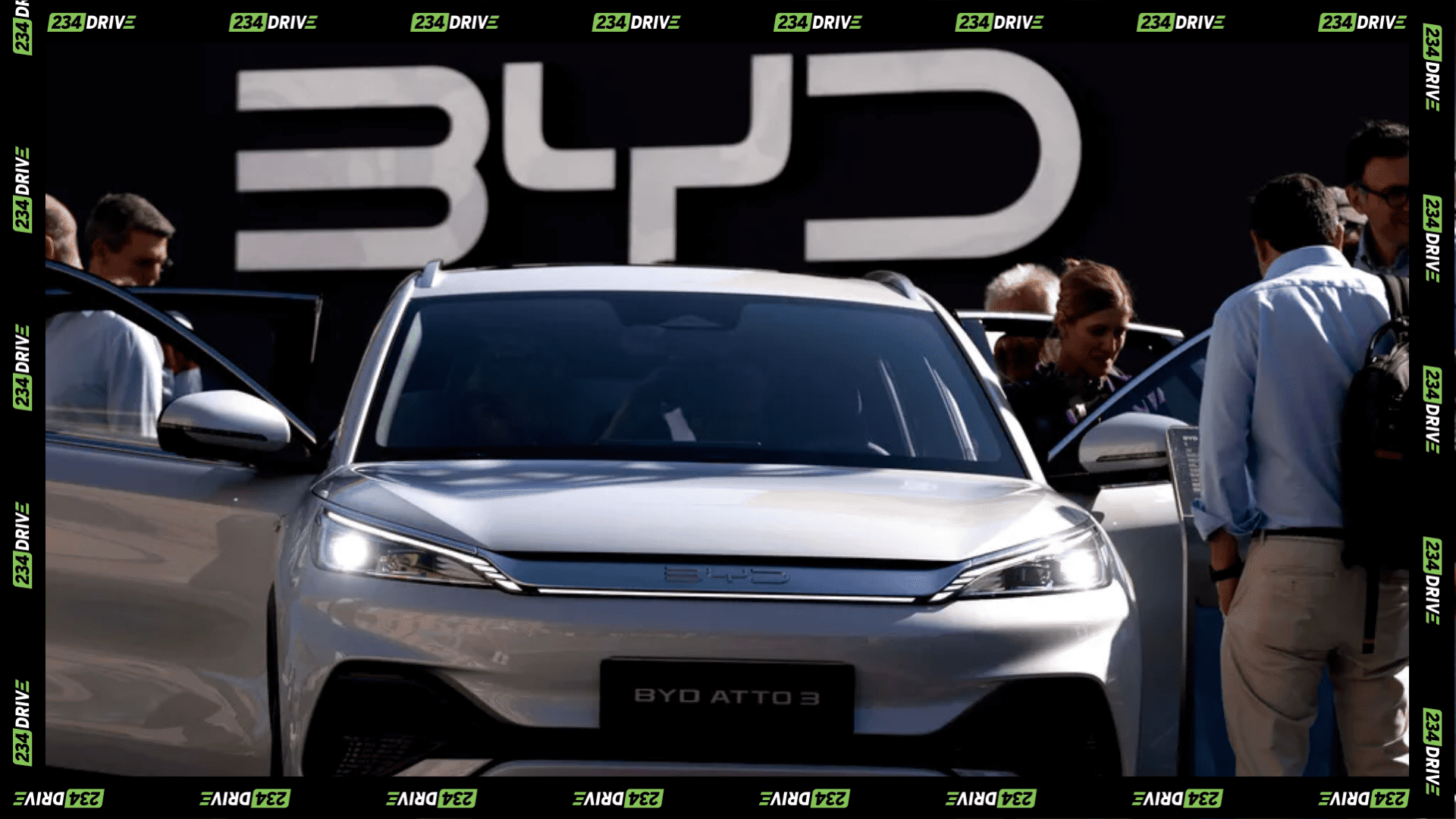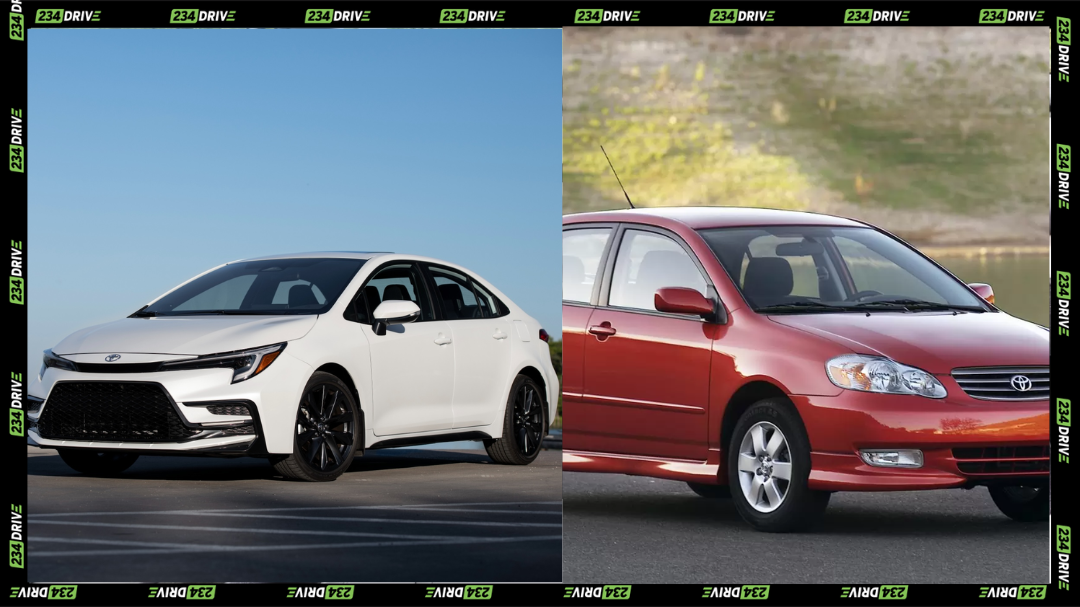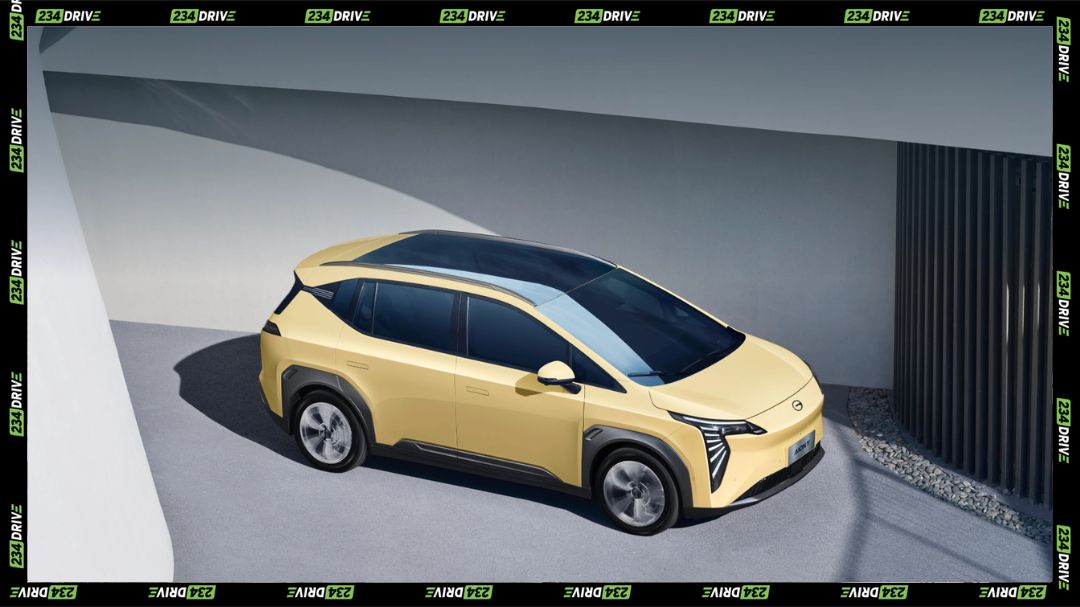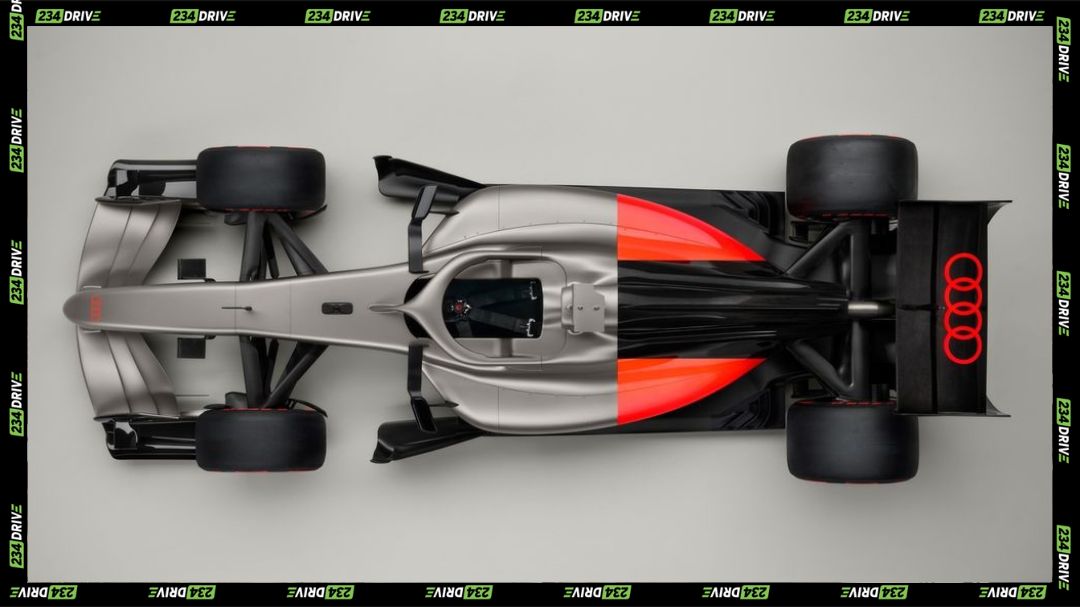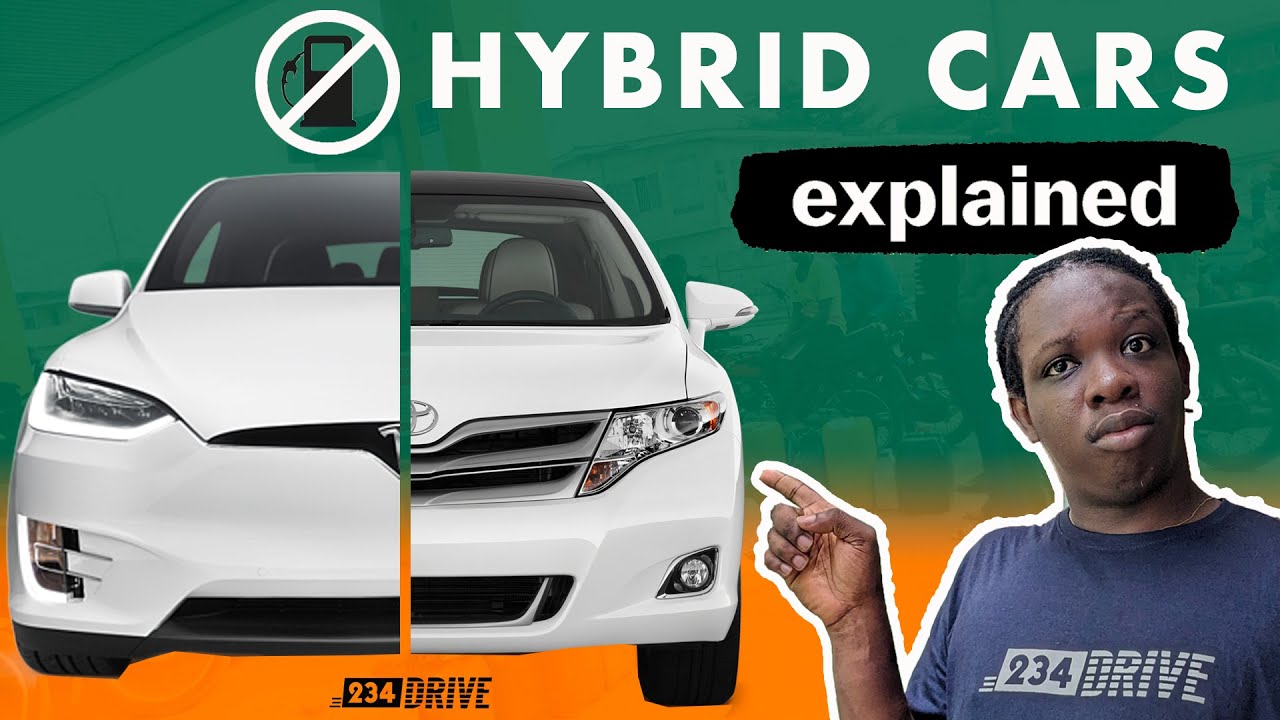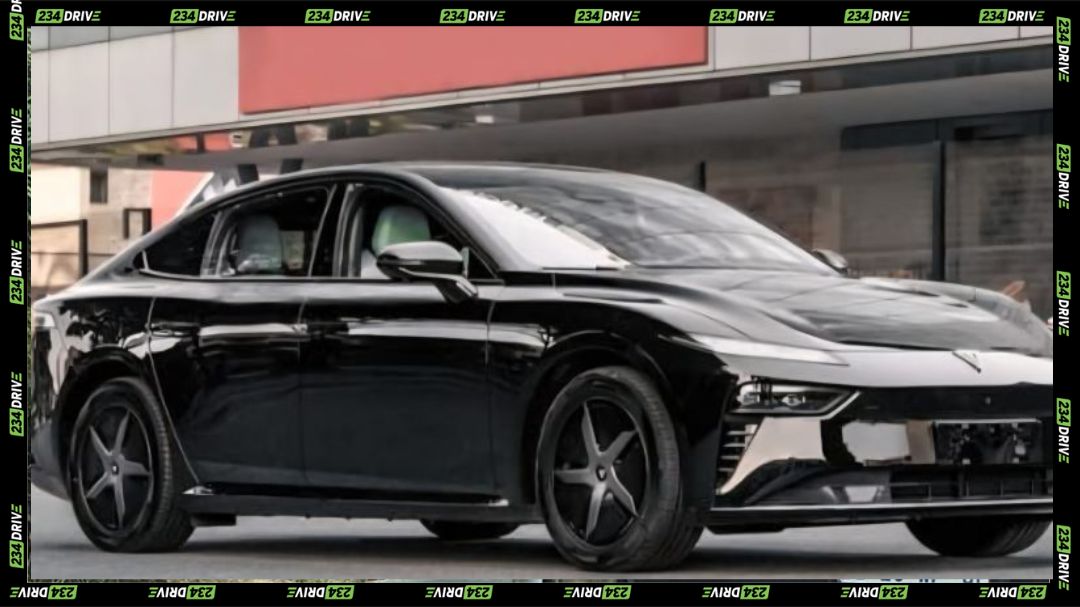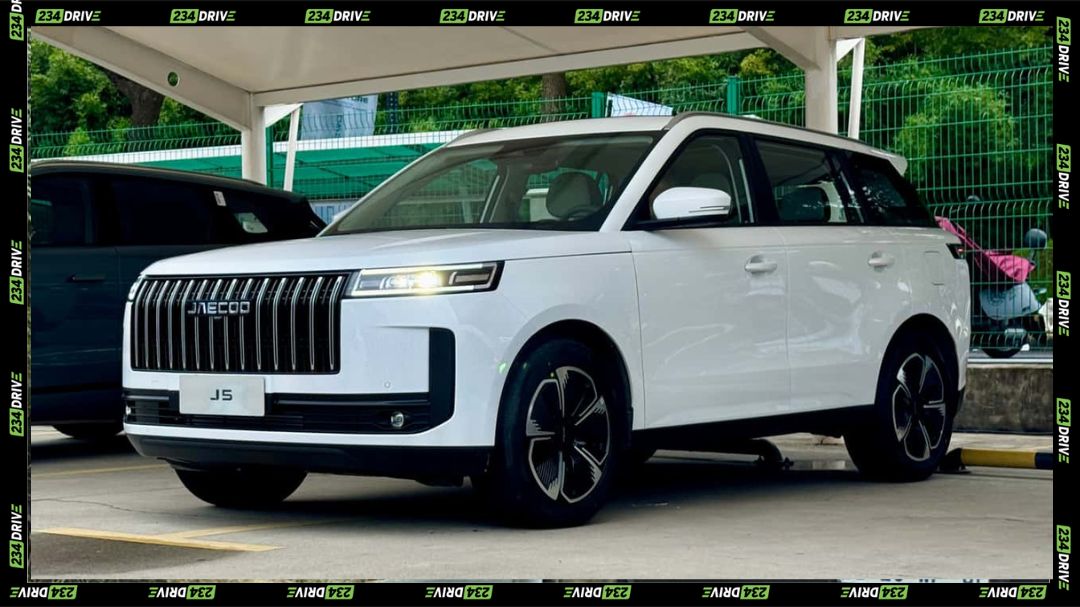Toyota unveiled the ninth-generation Hilux on 10th November, 2025, in Bangkok, Thailand, marking the first time in the pickup’s half-century history that it offers hybrid and fully electric powertrains alongside its legendary diesel engine. The move signals Toyota’s bet that even the most rugged, work-focused vehicle segments can’t ignore electrification, with a 48V mild-hybrid diesel system promising 5-7.5% fuel savings and a battery-electric variant (BEV) delivering 240-315 km of range with dual motors and permanent all-wheel drive.
For a truck that’s survived wrecking balls, fires, and decades of abuse across mining sites and farms in over 180 countries, this isn’t just a refresh, it’s Toyota threading the needle between preserving the Hilux’s indestructible reputation and adapting to a world where fuel costs, emissions regulations, and carbon neutrality goals are reshaping what “tough” means for commercial vehicles.
The design overhaul, internally dubbed “Cyber Sumo,” pushes the Hilux toward a more angular, aggressive stance without abandoning the functional simplicity that made it a staple for rural and industrial users. The front end now features a honeycomb grille similar to the Corolla Cross, slim LED headlights, and bold “TOYOTA” lettering across all trims, giving it a squared-off presence that signals strength. Rear changes are subtler redesigned taillights and a new step for easier bed access while select models add 18-inch wheels and an Overland variant for buyers prioritising ruggedness over refinement. Inside, Toyota borrowed heavily from the Land Cruiser Prado, overhauling the cabin with newly developed seats that offer up to 8-way power adjustment and lumbar support, leather accents on higher trims, and a steering wheel with updated controls.
Tech upgrades include dual 12.3-inch displays (one for the instrument cluster, the other for infotainment), MyToyota app connectivity for over-the-air updates, USB-C ports, and wireless charging. The Toyota T-Mate safety suite adds advanced driver-assistance systems like blind-spot monitoring, safe exit assist, and a driver monitor camera features that feel overdue for a truck often used in chaotic traffic conditions and remote areas where medical help isn’t a quick drive away.
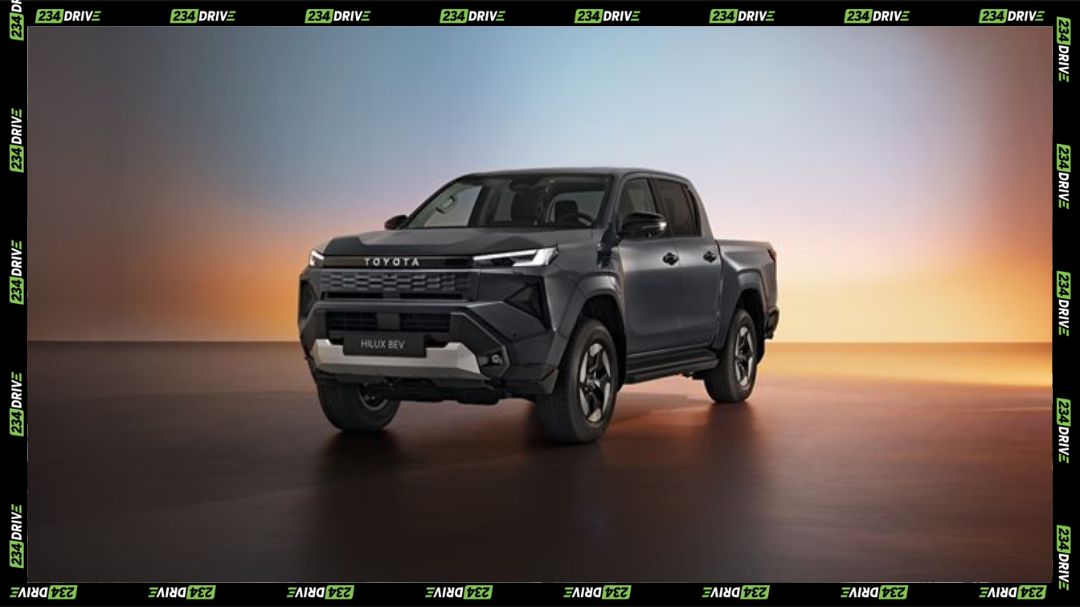
Powertrain diversity is where this generation makes its sharpest break from tradition. The core 2.8-litre turbodiesel (1GD-FTV) carries over from the previous generation, delivering 150 kW (204 hp) and 500 Nm of torque (420 Nm with the manual transmission), but now pairs with a 48V mild-hybrid system featuring a 16 hp electric motor and a 0.2 kWh lithium-ion battery. This setup boosts low-speed torque below 1,000 rpm, smooths out refinement, and improves fuel efficiency by 5.8% compared to the prior 2.8L unit and 7.5% over the 2.4L diesel it replaces in some markets, potentially dropping real-world consumption to around 7.9 L/100 km. For fleet operators and farmers logging hundreds of kilometres weekly across rural routes, that efficiency gain translates to meaningful cost reductions and diesel savings that compound over years of ownership.
The 2.7-litre naturally aspirated petrol engine remains available for select markets, while Europe phases out the 2.4L diesel entirely. Transmission options include a 6-speed manual or an upgraded 8-speed automatic for smoother shifts, though forum discussions among enthusiasts suggest some users view the hybrid as “gimmicky” and the engine as outdated for 2025, criticising the lack of a full redesign or more aggressive power outputs compared to competitors.
The battery-electric variant, branded as the Hilux Travo-e in Thailand, represents Toyota’s most ambitious gamble on electrifying a segment where range anxiety and charging infrastructure gaps are deal-breakers. It packs a 59.2 kWh lithium-ion battery mounted under the floor for optimal weight distribution, with dual eAxles (electric motor-transaxle units) providing permanent AWD and combined outputs ranging from 144 kW to 196 hp, with torque split at 205 Nm front and 268.6 Nm rear.Range estimates vary by testing cycle: approximately 240-315 km (149-196 miles). These modest numbers have sparked immediate debate among potential buyers on community forums, where users question whether the BEV’s range is adequate for farm work or long-haul towing on degraded roads. Towing capacity drops to 1,600-2,000 kg for the BEV compared to the diesel’s 3,500 kg, while payload sits at 715 kg. Charging speeds are competitive—0-80% in under 30 minutes via 150 kW DC fast charging or a full recharge in 6.5 hours on 10 kW AC—but the infrastructure to support that in rural Africa, Southeast Asia, or Latin America, where the Hilux thrives, remains sparse.
Toyota’s response includes “Diamond Guard” underbody shielding to protect the battery in harsh conditions, and the company has announced plans for a hydrogen fuel-cell electric vehicle variant by 2028 in Europe and Oceania, signaling a multi-pathway approach to electrification rather than betting everything on batteries.
Off-road capability remains non-negotiable for a vehicle that’s defined by its ability to survive conditions that would strand most trucks. The updated IMV platform includes enhanced welding points for greater body rigidity, new hydraulic engine mounts, shear-type cabin mounts, and Dynamic Cloud Suspension for improved stability, comfort, and vibration reduction on rough terrain. Key specs include 500 mm wheel articulation, 700 mm water wading depth, 207 mm ground clearance, and Multi-Terrain Select with up to six modes; Sand, Dirt, Mud, Rock, Deep Snow, and Autoplus a Multi-Terrain Monitor for better visibility when navigating obstacles.
The BEV model retains these capabilities through advanced control systems and instant torque delivery, making it theoretically suitable for varied terrains without compromising the Hilux’s legendary toughness, famously demonstrated over the years by surviving extreme tests like wrecking balls, fires, and being driven to the North Pole. For diesel buyers, the mild-hybrid system’s regenerative braking and electric assist at low speeds contribute to the efficiency gains, potentially lowering operational costs by reducing fuel use in the stop-start driving common to rural routes, farm work, and construction sites.
Community buzz reveals a split between enthusiasm for innovation and skepticism about whether the changes go far enough. On social media, posts from automotive accounts highlight excitement for the EV and hybrid options, with visuals of the refreshed design garnering thousands of views and likes. Users appreciate the blend of tradition and innovation, with comments celebrating its “legendary” status and suitability for tough jobs.
In rural contexts, the Hilux is often framed as more than a vehicle as it is termed a tool for empowerment. Farmers across Africa and Asia credit the truck with enabling livelihoods, from transporting produce over rough terrain to enduring conditions that would destroy lesser vehicles. Stories abound of the Hilux becoming a symbol of resilience: Toyota’s partnerships with agricultural organisations in South Africa honor young farmers through awards that recognise innovation in sustainability, while events like the 2024 Toyota/Agri SA Awards emphasize the vehicle’s role in shaping agriculture’s future. In Namibia, a farming couple won a new 4×4 model as a prize, and in Zimbabwe, roadrunner farming journeys showcase how the Hilux facilitates business growth in remote areas. TikTok and Facebook reels manifest Hiluxes for farm projects or showcase its “aura” in rural settings, tying into human-interest tales that portray it as a vehicle that overcomes challenges like mental health struggles in regional communities through initiatives like Rural Aid.
From a business perspective, this launch is Toyota hedging its bets across multiple energy pathways while protecting the Hilux’s dominance in segments where brand loyalty runs deep. The company has sold over 20 million Hiluxes across 50 years, and this generation aims to preserve that legacy by offering something for everyone: diesel purists who need maximum towing capacity, hybrid adopters seeking fuel savings without range anxiety, and early EV buyers willing to work within the constraints of battery range for shorter routes or urban work.
Pricing starts at around R418,000-R724,000 (roughly $23,000-$40,000 USD) for diesel models and R790,000 (approximately $44,000 USD) for the BEV, with global availability staggered. The BEV launches in December 2025, hybrids in Spring 2026, and South Africa in 2026 via local production. Coverage of the launch notes the Hilux remains unavailable in the U.S. market, where the Tacoma fills a similar role, but the global rollout suggests Toyota is prioritising markets where the Hilux is already entrenched and where electrification incentives or fuel costs make alternatives attractive.
The track record matters here. Toyota has built its reputation on reliability, and the Hilux is the poster child for that ethos; it’s the truck that survived Top Gear’s infamous destruction attempts and continues to be the vehicle of choice for UN missions, mining operations, and rural communities where downtime isn’t an option. The ninth generation’s challenge is maintaining that reputation while integrating technologies that are unproven in extreme conditions. The 48V mild-hybrid system is tested tech, but the BEV’s battery durability in 40°C heat or sub-zero cold, its performance under sustained heavy loads, and the availability of spare parts and trained technicians in remote areas are open questions until real-world usage data accumulates. Toyota’s decision to phase in electrification rather than force a complete switch reflects an understanding that infrastructure and user behavior don’t shift overnight, especially in markets where a truck’s ability to run for 20 years with minimal maintenance is the entire value proposition.
This marks the moment when Toyota’s multi-pathway strategy to carbon neutrality gets stress-tested in a segment that resists change by design. The Hilux has always been about doing more with less complexity, less downtime, less fuss and the question now is whether hybrid and electric variants can deliver on that promise while adding layers of technology that diesel-only models never needed. If the mild-hybrid proves its fuel savings across hundreds of thousands of farm kilometres and the BEV finds its niche in urban fleets or short-haul operations, Toyota could redefine what durability means in an electrified era. Should governments in Hilux-heavy markets subsidise charging infrastructure buildouts to accelerate EV adoption in rural and commercial sectors, or will market forces alone determine whether electric pickups become as ubiquitous as their diesel predecessors?


